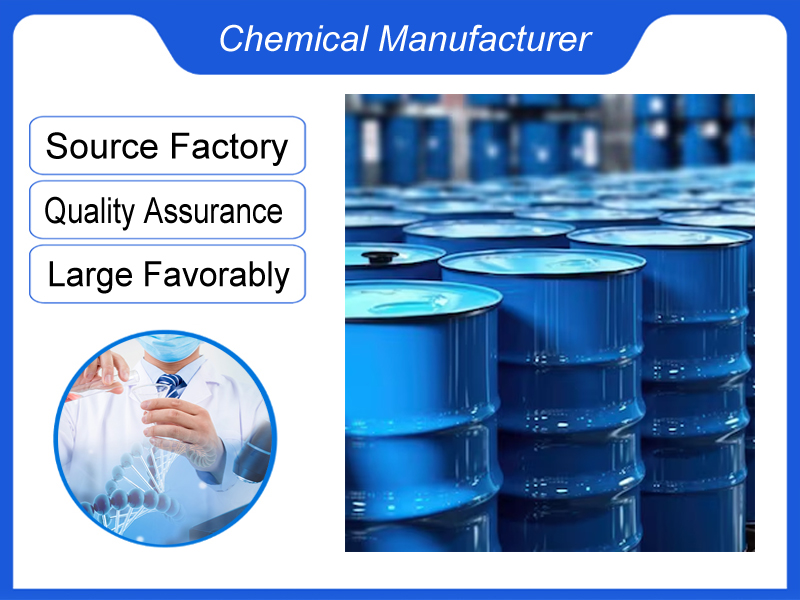
triclocarban
We are a manufacturer based in China. We specialize in providing high-quality triclocarban for industrial clients across various sectors. Whether you need chemicals consultation or technical support, our team is here to help.
Category:Paint chemicals Own Brand:MT /MOQ:100KG /From China/ B2B only.
Introduction
C13H9Cl3N2O
101-20-2
Uses
Personal care, such as antimicrobial soap, cosmetics, mouthwash, personal care products formulated with a recommended concentration of 0.2% to 0.5%
Pharmaceutical and industrial materials, antibacterial detergents, wound or medical disinfectants and antibacterial textile finishes
Names and Identifiers
| Name | 3,4,4′-trichlorocarbanilide |
| Synonyms | TCC 3,4,4 Procutene solubacter TRICLOCARBAN TRICHLOROCARBANILIDE 3,4,4′-trichlorocarbanilide 3,4,4′-trichloro-carbanilid Carbanilide, 3,4,4′-trichloro- 3,4,4′- Trichloro-sym-diphenylurea 1-(3,4-dichlorophenyl)-3-phenylurea 1-(4-chlorophenyl)-3-(3,4-dichlorophenyl)urea N-(3,4-DICHLOROPHENYL)-N’-(4-CHLOROPHENYL)UREA N-(4-CHLOROPHENYL)-N-(3,4-DICHLOROPHENYL)-UREA |
| CAS | 101-20-2 |
| EINECS | 202-924-1 |
| InChI | InChI=1/C13H10Cl2N2O/c14-11-7-6-10(8-12(11)15)17-13(18)16-9-4-2-1-3-5-9/h1-8H,(H2,16,17,18) |
| InChIKey | ICUTUKXCWQYESQ-UHFFFAOYSA-N |
101-20-2 – Physico-chemical Properties
| Molecular Formula | C13H9Cl3N2O |
| Molar Mass | 315.58 |
| Density | 1.5732 (rough estimate) |
| Melting Point | 254-256 °C (lit.) |
| Boling Point | 344.2±42.0 °C(Predicted) |
| Flash Point | 150°C |
| Solubility | Soluble in methanol |
| Vapor Presure | <0.1 mm Hg ( 25 °C) |
| Appearance | White fine powder |
| Color | Fine plates |
| Merck | 14,9654 |
| pKa | 12.77±0.70(Predicted) |
| Storage Condition | Sealed in dry,Room Temperature |
| Stability | Stable. Combustible. Incompatible with strong oxidizing agents strong bases. |
| Refractive Index | 1.6300 (estimate) |
| MDL | MFCD00013254 |
| Physical and Chemical Properties | White powder. |
| In vitro study | Triclocarban (300 nM) potentiates the cytotoxicity of 300 µM H 2 O 2 in rat thymocytes. Triclocarban (300 nM) does not increase the population of death cells, it facilitates the process of cell death induced by H 2 O 2 , resulting in further increase in the population of dead cells. Triclocarban exertes estrogenic activities by inducing luciferase activities in an ER reporter gene assay, promoting the proliferation of the MCF-7 cells, up-regulating the expression of pS2 and down-regulating ERα expression at both the mRNA and protein levels in the MCF-7 cells. |
| In vivo study | Triclocarban is absorbed significantly from soap used during showering in human subjects and that its C max in their whole blood ranges from 23 nM to 530 nM. Gestational triclocarban exposure does not affect the ability of dams to carry offspring to term but triclocarban exposure during lactation has adverse consequences on the survival of offspring. |
101-20-2 – Risk and Safety
| Hazard Symbols | N – Dangerous for the environment |
| Risk Codes | 50/53 – Very toxic to aquatic organisms, may cause long-term adverse effects in the aquatic environment. |
| Safety Description | S60 – This material and its container must be disposed of as hazardous waste. S61 – Avoid release to the environment. Refer to special instructions / safety data sheets. |
| UN IDs | UN 3077 9/PG 3 |
| WGK Germany | 2 |
| RTECS | FE1250000 |
| HS Code | 38220090 |
| Hazard Class | 9 |
| Packing Group | III |
| Toxicity | LD50 ipr-mus: 2100 mg/kg LPPTAK 27,306,79 |
Reference Information
LogP 3.633 at 25℃
Use triclocarban is used as a bacteriostatic agent and preservative in soap and other cleaning compositions. Preservatives, disinfectants.
daily chemical bacteriostatic agent. It has the characteristics of continuous, safe and stable sterilization, has excellent compatibility with skin, and has high-efficiency inhibitory effect on gram-positive bacteria, gram-negative bacteria, fungi, yeasts and viruses.
It has antibacterial effect and is widely used in washing powder, soap, shower gel, etc.
biological activity Triclocarban is an anti-bacterial agent commonly used in personal care products.
target Bacterial
If you're ready to take the next step, Leave your message below and we’ll reply soon. 20+ years of chemical manufacturing & export experience, a partner you can trust.





